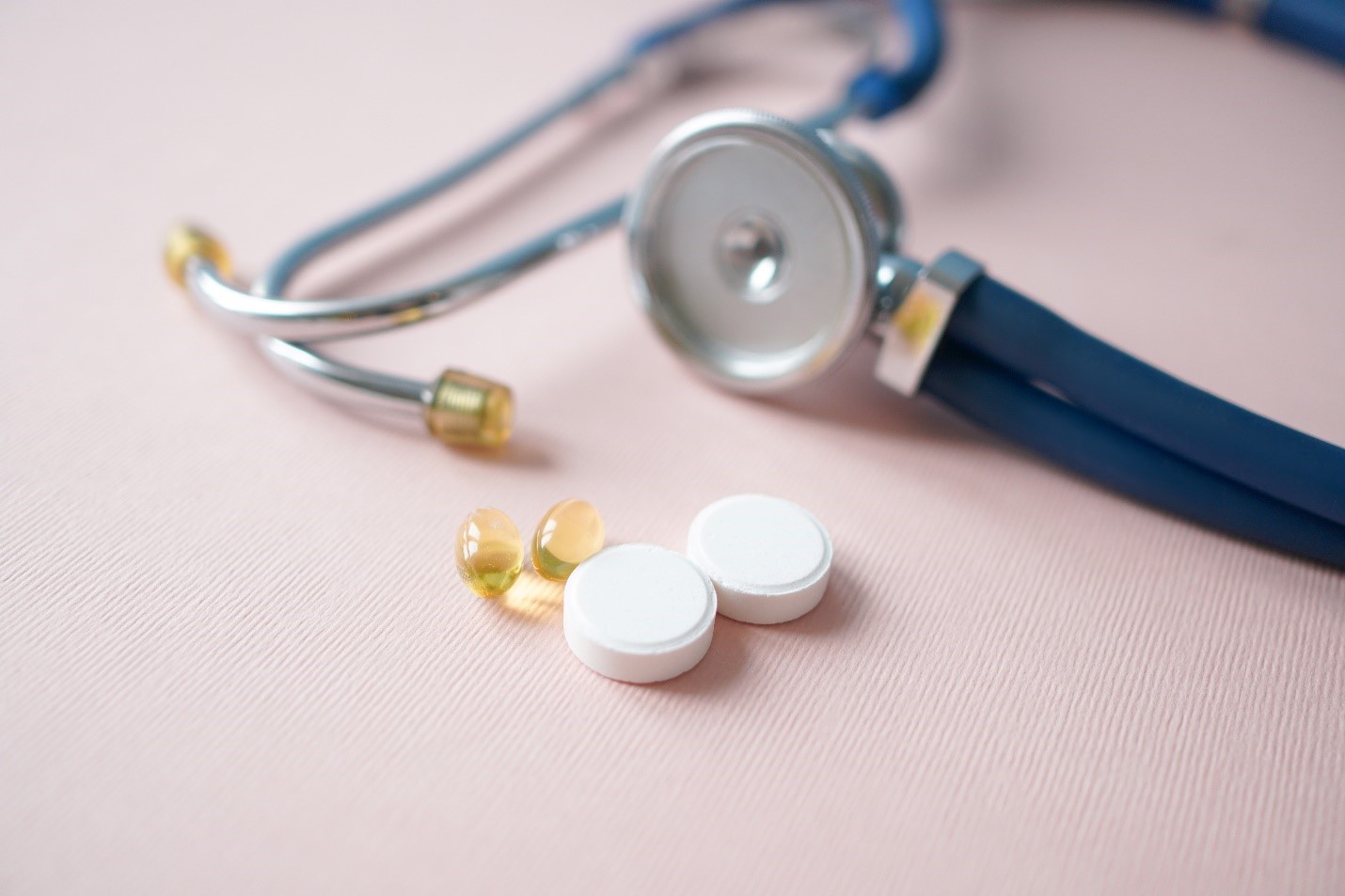BROMELAIN – NUTRITIONAL SUPPORT FOR WOUND HEALING

Normal wound healing
Normal wound healing requires a multidimensional set of interactions with a variety of mediators in the body including immune cells, inflammatory mediators and extracellular macromolecules, such as collagen, enzymes, and glycoproteins, that provide structural and biochemical support to surrounding cells. The goal, of course, is to heal a wound as quickly as possible with the least amount of pain and result in a fine scar with high resistance to disruption under tension (tensile strength). The four phases of normal wound healing include hemostasis, inflammation, proliferation, and remodeling.1 The initial phase is the stopping of blood flow which involves both the constriction of blood vessels at the site of the wound as well as the formation of a clot. Blood cells called platelets are an integral part of a blood clot and they secrete a variety of growth factors and inflammatory mediators that initiate the process of tissue repair. The second phase, the inflammatory phase, is characterized by redness, swelling, warmth, and pain and is mediated by an increase in blood vessel permeability which allows white blood cells to migrate into the surrounding tissue to clear debris and bacteria. The proliferative phase follows and is defined by the formation of new blood vessels and connective tissue (especially collagen) and a process by which new skin and mucous membranes replace superficial cells damaged or lost in the wound. The last phase of wound healing is wound remodeling, where the new collagen fibers are reorganized to yield greater tensile strength. This remodeling process can continue for almost two years, although 70% strength is achieved after just four weeks.2
What is bromelain?
Bromelain is the name given to a family of proteolytic enzymes that are extracted from the stems and immature fruits of the pineapple plant.3 Proteolytic enzymes break the long chainlike molecules of proteins into shorter fragments and eventually into their components, amino acids. This enzyme activity is evaluated by how the commercial preparation of bromelain breaks down a compound like gelatin – e.g. gelatin digesting units per gram (GDUs/g). Although the proteolytic activity is responsible for many of its beneficial effects, some of the favorable effects are associated with other components contained in bromelain that are not proteolytic. Bromelain is currently categorized as a dietary supplement, and generally recognized as safe by the U.S. Food and Drug Administration (FDA).
How does bromelain help wound healing?
Bromelain helps with wound healing by 1) reducing existing tissue swelling through the enzymatic breakdown of blood clots, resulting in increased tissue permeability and reabsorption of edema fluid into blood circulation 2) improving the tissue permeability of antibiotic drugs and resulting in higher antibiotic levels 3) stimulation of white blood cells to kill bacteria 4) increasing anti-inflammatory mediators 5) decreasing pain and 6) decreasing healing time.1,3 Studies in patients with acute sinusitis, face and head trauma, trauma of the lower extremity, childbirth, and oral surgery support these findings. For example, in dental surgery patients, bromelain was found to decrease swelling in the early and late stages after surgery. In addition, pain was reduced in the treatment group, likely by decreasing mediators of pain.4 Based on the available evidence, bromelain was approved in Germany for acute post-operative (ENT surgeries) and post-traumatic conditions of swelling.5
What is the suggested dose of bromelain?
There is no standard dose for bromelain. Recommended dosing generally ranges between 80 and 320 mg/day but because it is relatively nontoxic, daily doses up to 2000 mg have been used. Since the proteolytic activity (and therefore the medicinal effect) of bromelain can degrade based on storage conditions and processing of pineapples, it is not practical to substitute bromelain supplements with oral consumption of raw pineapple fruit.6 Even though it’s extracted from pineapple, eating pineapple or drinking its juice doesn’t provide a large enough dose.
- MacKay D, Miller AL. Nutritional support for wound healing. Altern Med Rev. 2003;8(4):359-377.
- Stadelmann WK, Digenis AG, Tobin GR. Physiology and healing dynamics of chronic cutaneous wounds. Am J Surg. 1998;176(2A Suppl):26S-38S.
- Maurer HR. Bromelain: biochemistry, pharmacology and medical use. Cell Mol Life Sci. 2001;58(9):1234-1245.
- Liu S, Zhao H, Wang Y, Zhao H, Ma C. Oral Bromelain for the Control of Facial Swelling, Trismus, and Pain After Mandibular Third Molar Surgery: A Systematic Review and Meta-Analysis. J Oral Maxillofac Surg. 2019;77(8):1566-1574.
- Herbal Medicine: Expanded Commission E. http://cms.herbalgram.org/expandedE/Bromelain.html?ts=1590527157&signature=fee9d442ff048493e9faabc463894a68. Accessed May 26, 2020.
- Muhammad ZA, Ahmad T. Therapeutic uses of pineapple-extracted bromelain in surgical care – A review. J Pak Med Assoc. 2017;67(1):121-125.